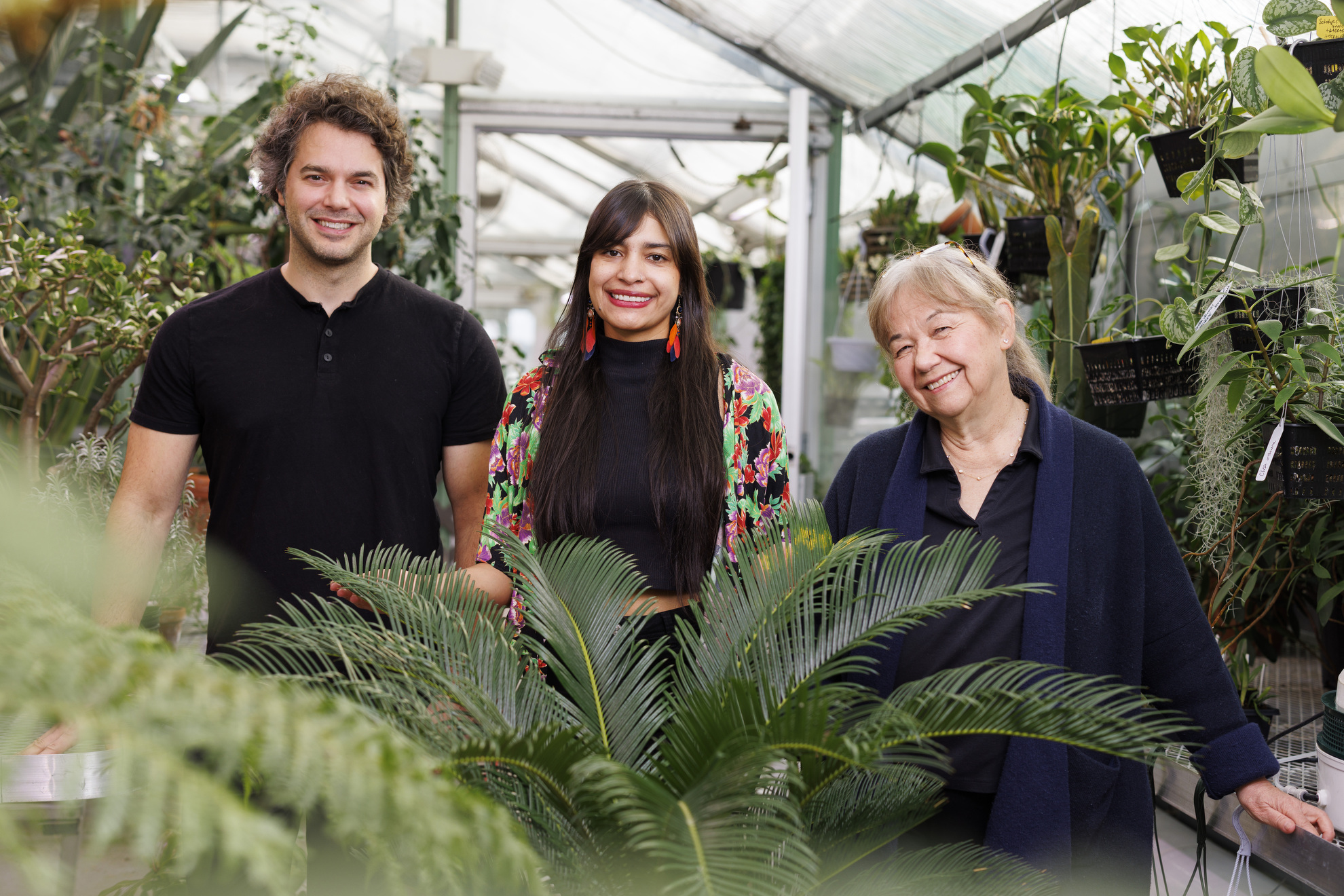Brace yourself for a hot story about plant sex.
Harvard researchers have discovered that cycads — an ancient lineage of seed plants — heat their reproductive organs to attract beetle pollinators, which in turn evolved specialized infrared…

Brace yourself for a hot story about plant sex.
Harvard researchers have discovered that cycads — an ancient lineage of seed plants — heat their reproductive organs to attract beetle pollinators, which in turn evolved specialized infrared…